Along the Jinan–Weifang highway in China’s Shandong province, a 68 MW solar system now produces 68 GWh per year, which is more than four times the route’s own electricity consumption. The highway is billed as China’s first zero-carbon route.
Highway solar projects have expanded from service-area rooftops to slopes, medians, and tunnel entrances. By the end of 2024, installed capacity reached 1.7 GW, accounting for 76% of distributed renewable power in the transport sector. Seventeen provinces have begun developing near-zero-carbon service areas.
Estimates from the China Academy of Transportation Sciences suggest a potential 943.7 GW of solar along roads, more than 60% of which could be on highways. Full development could generate more than triple the annual electricity demand of the national highway system.
Shandong Hi-Speed Group Co. has installed 668 MW of highway solar and plans to exceed 1 GW by the end of 2025, lifting green electricity self-sufficiency across Shandong highways to 40%.
“We have developed a full-scenario solution integrating slopes, service areas and tunnels,” a company official told state media, noting that the Jinan-Weifang project serves as a model for nationwide deployment.
Other provinces are moving quickly. Hunan added 8.2 MW in 2024. Shanxi aims for 278.7 MW by 2025 under new management guidelines. And Henan Communications Investment Group has launched a “100-1000-10000” initiative targeting GW-scale capacity within five years.
The sector faces technical and regulatory challenges. Complex filing procedures and restrictions on highway operators have slowed some projects. Slope installations are often classified as transport land, requiring multiple approvals. Harsh highway conditions accelerate module degradation by 2% to 3% per year, potentially reducing efficiency to 85% after five years.
Mountain highway inspections require manual patrols, raising maintenance costs by 30&, and rural grid connections remain constrained by slow substation expansion.
Authorities are easing some constraints. Shandong offers a $0.02 (USD 0.01) / kWh subsidy for zero-carbon highway projects; Shanghai provides rewards of up to $400,000 for qualifying installations; and Shanxi now allows batch filing, halving approval times.
Industry analysts say highway solar is shifting from policy-led to market-driven growth. Future development will focus on flexible modules, vehicle-road energy integration, and virtual power plant and carbon credit business models.
“With technological iteration and model innovation, highway solar will play a growing strategic role in transport decarbonisation and energy security,” said Wang Zheng, a renewable energy analyst at Huaxin Capital.
Forecasts suggest annual highway solar installations in China could exceed 20 GW within five years, creating the world’s largest transport-linked solar market.
This content is protected by copyright and may not be reused. If you want to cooperate with us and would like to reuse some of our content, please contact: editors@pv-magazine.com.
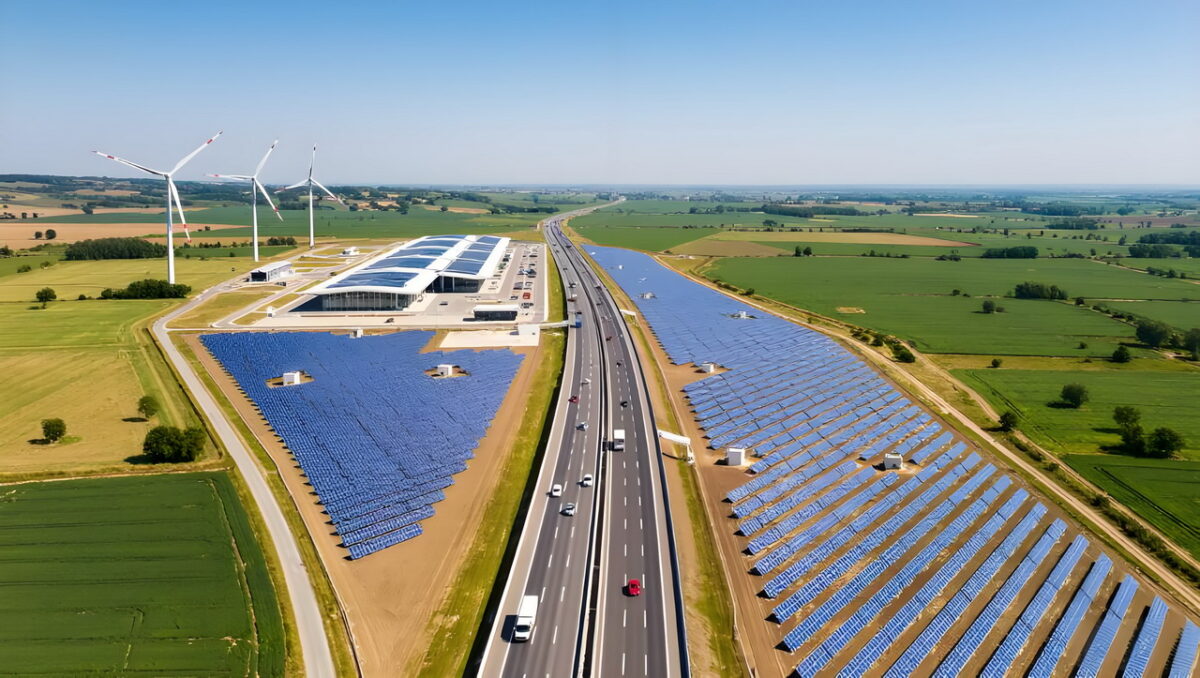
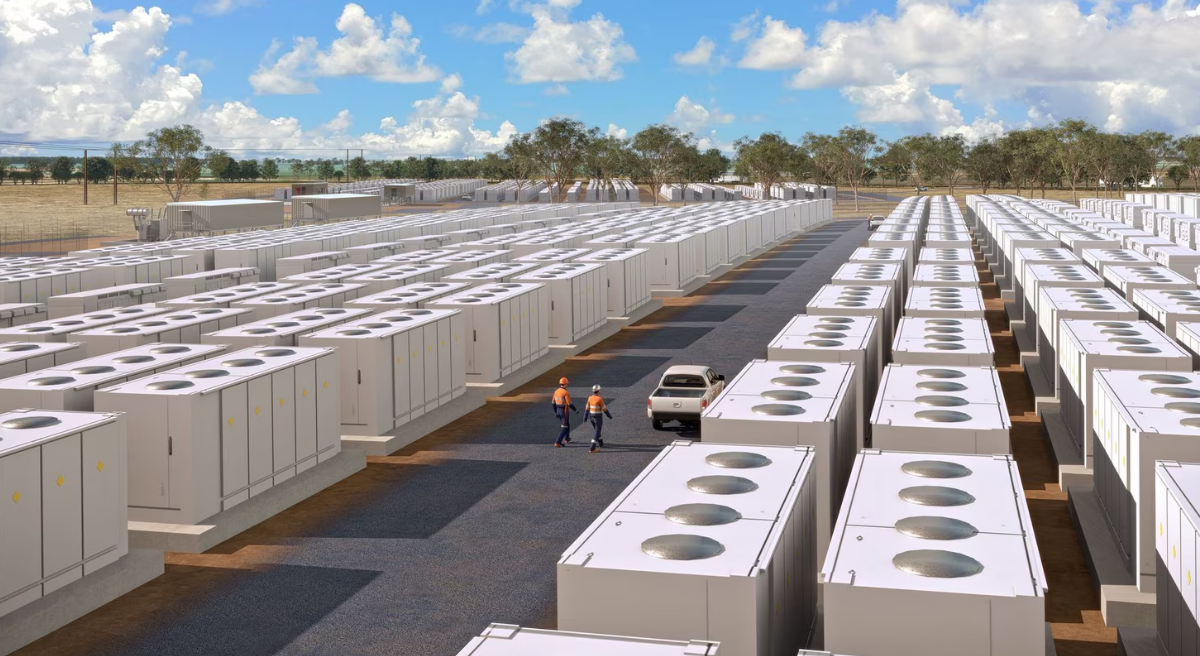


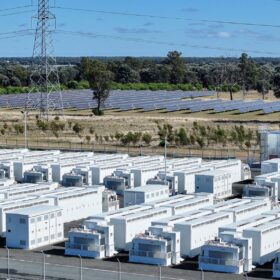
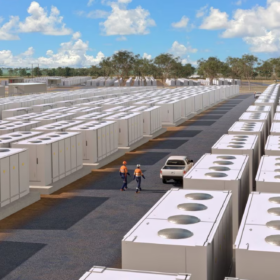
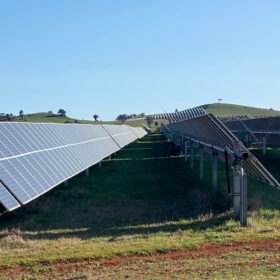
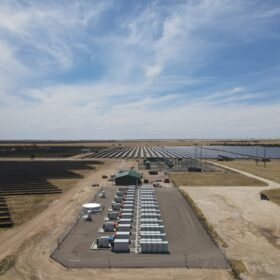
By submitting this form you agree to pv magazine using your data for the purposes of publishing your comment.
Your personal data will only be disclosed or otherwise transmitted to third parties for the purposes of spam filtering or if this is necessary for technical maintenance of the website. Any other transfer to third parties will not take place unless this is justified on the basis of applicable data protection regulations or if pv magazine is legally obliged to do so.
You may revoke this consent at any time with effect for the future, in which case your personal data will be deleted immediately. Otherwise, your data will be deleted if pv magazine has processed your request or the purpose of data storage is fulfilled.
Further information on data privacy can be found in our Data Protection Policy.